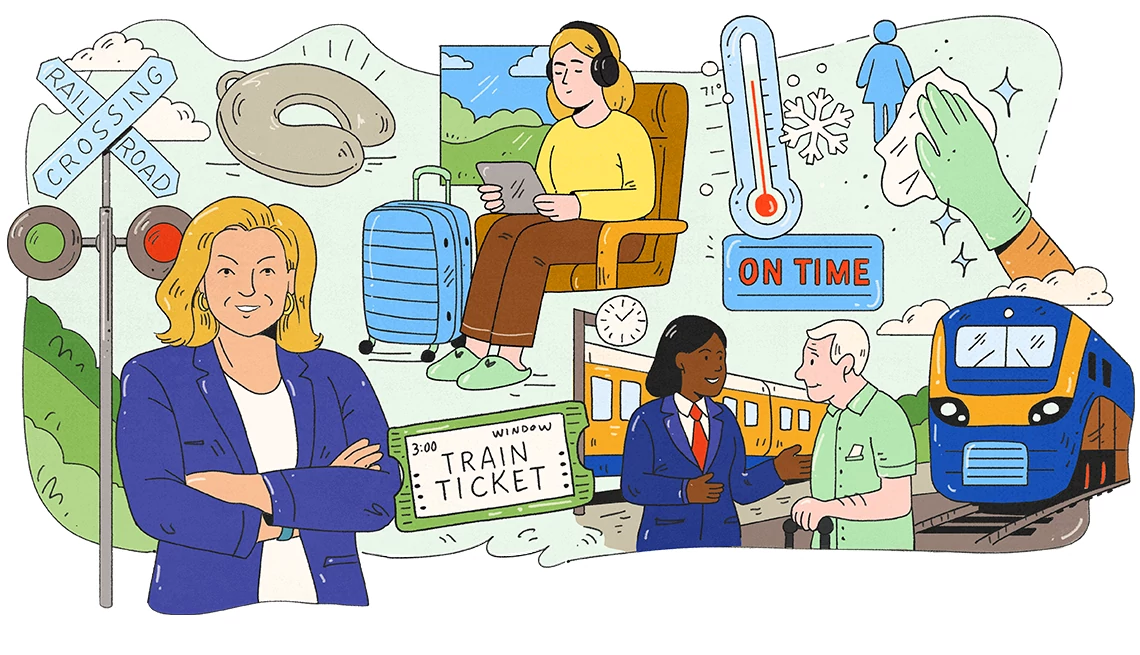Age-Friendly Cities on the Rise: AARP Network Reaches 1,000 Communities as Local Policy Shifts Take Hold
Hudson, New York becomes the latest to join a fast-growing movement making cities more livable for all ages
WASHINGTON — AARP today announced there are now 1,000 communities in the AARP Network of Age-Friendly States and Communities, a nationwide movement transforming how cities, towns, and counties support residents of all ages. The City of Hudson, New York, is the 1,000th community to join the network. With a population of nearly 6,000 — 23% of whom are age 60 or older — Hudson is planning to expand public transit options; make its sidewalks more accessible; promote affordable housing initiatives; and develop aging in place programs to ensure older adults can remain in their community.
Achieving this milestone underscores the strong national momentum toward creating more inclusive, accessible, and age-friendly places to live. Launched in 2012, the AARP Network of Age-Friendly States and Communities helps local leaders and residents design and implement strategies that support healthy aging. Participating communities focus on key areas that shape daily life — from housing and transportation to social participation and health services.
“Reaching 1,000 communities in the AARP Age-Friendly Network of States and Communities is a milestone that has real impact,” said Nancy LeaMond, AARP Executive Vice President and Chief Advocacy and Engagement Officer. “When we design our neighborhoods with aging in mind, everyone benefits. Age-friendly initiatives lead to safer streets, more affordable housing, stronger local economies and improved quality of life for people of all ages.”
Today, nearly 40% of Americans live in an age-friendly community, with many localities embedding age-friendly strategies into comprehensive plans, zoning laws, and transportation policies. The impact is clear: 97% of communities say older adults directly benefit and 63% report half or more of all residents — regardless of age — see positive outcomes.
Communities are driving real, lasting change, with 68% having successfully influenced policy changes at the local or organizational level. Top areas of measurable progress include:
- Transportation (60%)
- Communication & Information (59%)
- Outdoor Spaces & Buildings (56%)
- Social Participation (49%)
- Health & Community Services (42%)
- Housing (40%)
Additional community-wide progress includes:
- 76% have integrated age-friendly goals into master plans
- 44% have updated zoning/land use to support diverse housing needs
- 45% have advanced age-friendly transportation planning
- 43% have incorporated public health or climate resilience into their work
Examples of AARP Network of Age-Friendly States and Communities driving tangible change include:
Columbus, Ohio
- Improved walkability and safety through the “Safe Routes to Age in Place” initiative, using community-led walk audits to upgrade sidewalks, crossings, and lighting.
- Expanded housing options with home-sharing programs, ADU support, and intergenerational living models.
- Prioritized resident voices through neighborhood planning sessions and older adult-led feedback processes.
Pittsburgh, Pennsylvania
- Trained older adults as community ambassadors to lead local projects—like block cleanups and inclusive events—that build social connection and neighborhood pride.
- Hosted “Aging Your Way” workshops, focusing on listening to historically underrepresented communities and incorporating their vision into local planning.
- Partnered with residents to address mobility challenges and push for safer, more inclusive street design.
Salem, Massachusetts
- Installed “Happy to Chat” benches to combat loneliness and encourage connection in public spaces.
- Launched the Salem Skipper, a low-cost, on-demand shuttle providing access to key services—with over 35,000 rides logged.
- Created an Age-Friendly Business Certification program to help local businesses become more inclusive and accessible.
To learn more about the AARP Network of Age-Friendly States and Communities, visit www.aarp.org/livable-communities/network-age-friendly-communities.
# # #
About AARP
AARP is the nation's largest nonprofit, nonpartisan organization dedicated to empowering Americans 50 and older to choose how they live as they age. With a nationwide presence, AARP strengthens communities and advocates for what matters most to the more than 120 million Americans 50-plus and their families: health security, financial stability and personal fulfillment. AARP also works for individuals in the marketplace by sparking new solutions and allowing carefully chosen, high-quality products and services to carry the AARP name. As a trusted source for news and information, AARP produces the nation's largest circulation publications, AARP The Magazine and AARP Bulletin. To learn more, visit www.aarp.org/about-aarp/, www.aarp.org/español or follow @AARP, @AARPenEspañol and @AARPadvocates on social media.































































